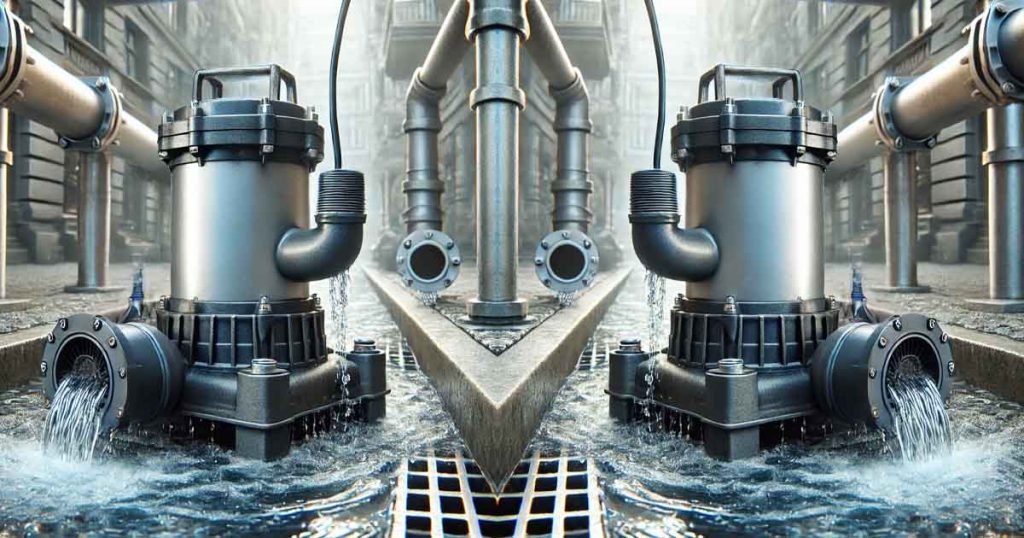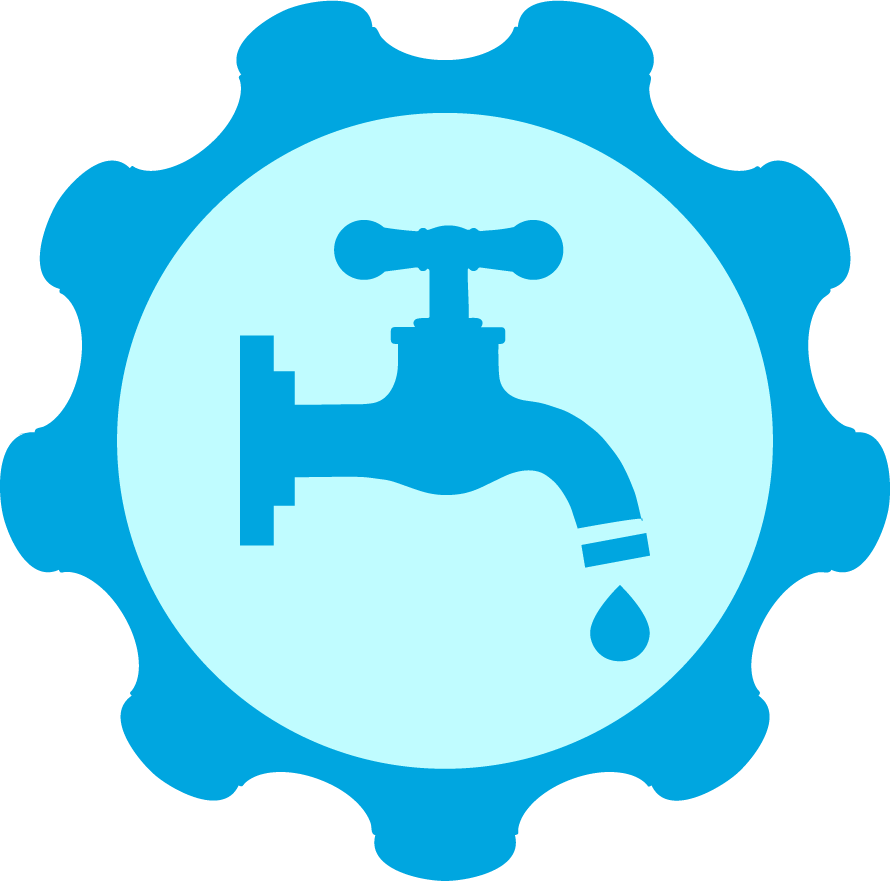The Purpose of a Sump Pump: Detailed Guide

Does your basement flood after a heavy rainstorm or feel damp year-round due to underground moisture? Excess moisture can create a musty, uncomfortable environment and promote mold, mildew, and other bacteria, potentially damaging your property and posing risks to your health. Over time, repeated leaks or flooding in the basement or crawlspace can damage the foundation, causing expensive repairs.
One reliable way to eliminate these issues is by installing a sump pump. A sump pump gathers excess water in a sump pit (a small ditch installed on your basement floor). Once the water reaches a certain level, the pump automatically removes it from your home, sending it into a local storm drain or another safe outlet. This preventative measure keeps your home dry and free of harmful moisture and can help preserve your property’s structural integrity and market value.
Table of Contents
Finding the Best Sump Pump Solution
Before you invest in a sump pump, it’s crucial to identify the right model for your home’s specific needs. PlumberHelp can connect you to licensed plumbers who will assess your basement or crawlspace, recommend the optimal pump type, and advise on best maintenance practices. Proper installation and upkeep ensure your sump pump protects against water damage for years.
Why Is It Important to Act Quickly?
- Damp or flooded areas can worsen, causing mold, mildew, and potential foundation issues.
- A professional plumber’s assessment helps determine whether a sump pump is the correct fix or if additional waterproofing measures are necessary.
What Type of Sump Pump Do I Need?
Various sump pump designs are suited to different home and basement conditions. Here’s a look at the four main types:
- Pedestal Sump Pump
- Best For: Smaller or narrower sump pits where a submersible pump and its piping won’t fit.
- Key Features: The motor is mounted above the basin (keeping it dry and easy to access for repairs), while the float switch sits inside the pit.
- Watch Out: Ensure the motor stays dry; it’s not designed to be submerged.
- Submersible Sump Pump
- Best For: Quiet operation and efficient water removal.
- Key Features: The pump, including the motor, operates below the water line in the sump basin.
- Pros: Longer lifespan, better efficiency, and safer if you have children at home.
- Effluent Pump
- Different Purpose: Often confused with sump pumps, effluent pumps move wastewater from laundry, sinks, or showers in homes with effluent basins or tanks.
- Note: Not every home needs an effluent pump. Make sure you’re choosing the correct fixture for your drainage setup.
- Battery Backup
- Best For: Homes prone to power outages during storms.
- Key Features: A marine-grade battery can power the pump for up to 12 hours without electricity.
- Bonus: Includes alarms to notify you when the backup kicks in, ensuring continued protection during blackouts.
Understanding a Sump Pump Drain
A sump pump drain transports the collected water away from your home, often into a storm drain, retention pond, or well. Some municipalities combine sanitary and storm drains, while others keep them separate. Always check local regulations or consult a licensed plumber before connecting your sump pump directly to any sewer line.
Is a Sump Pump Right for Your Home?
Consider installing a sump pump if:
- Your basement regularly has puddles or residual dampness after rainfall.
- There’s a persistent musty odor or clammy feeling in the basement air.
- Seasonal changes (like heavy rain or melting snow) exacerbate water accumulation in your basement or crawlspace.
- Your basement shows signs of escalating dampness or foundation stress over time.
Pro Tip: A sump pump is one of the most effective ways to protect your home’s lower levels from the damaging effects of water intrusion.
How PlumberHelp Can Assist You
If you suspect a sump pump installation might be your best defense against dampness or flooding, PlumberHelp is here to connect you with skilled, licensed plumbers near you. When you schedule a consultation:
- Assessment: A plumbing expert evaluates your specific situation, including where the water is entering, how your current drainage is set up, and which pump model might suit you best.
- Recommendations: Their findings suggest a sump pump type and size and outline any additional waterproofing measures that could help keep your basement dry.
- Professional Installation: Proper setup and sealing ensure your sump pump runs efficiently and reliably.
- Long-Term Maintenance Tips: Follow your plumber’s instructions for routine upkeep and checkups to avoid unexpected breakdowns or backups.
Remember: Sump pumps are crucial for basements and crawlspaces prone to frequent moisture. By addressing water intrusion early, you’ll help protect your home’s structure, air quality, and overall value for the long term.
A sump pump can be a game-changer in preventing basement flooding and the following expensive damage. There’s a solution for nearly every situation, from pedestal and submersible pumps to battery backups. Still, the key is correct installation, maintenance, and occasionally checking for potential issues like clogs or power failures.
If you’re unsure which sump pump system is right for your property or need additional waterproofing solutions, contact a licensed professional through PlumberHelp. With the right guidance and support, you can finally eliminate damp, musty spaces and enjoy a cleaner, healthier home.
